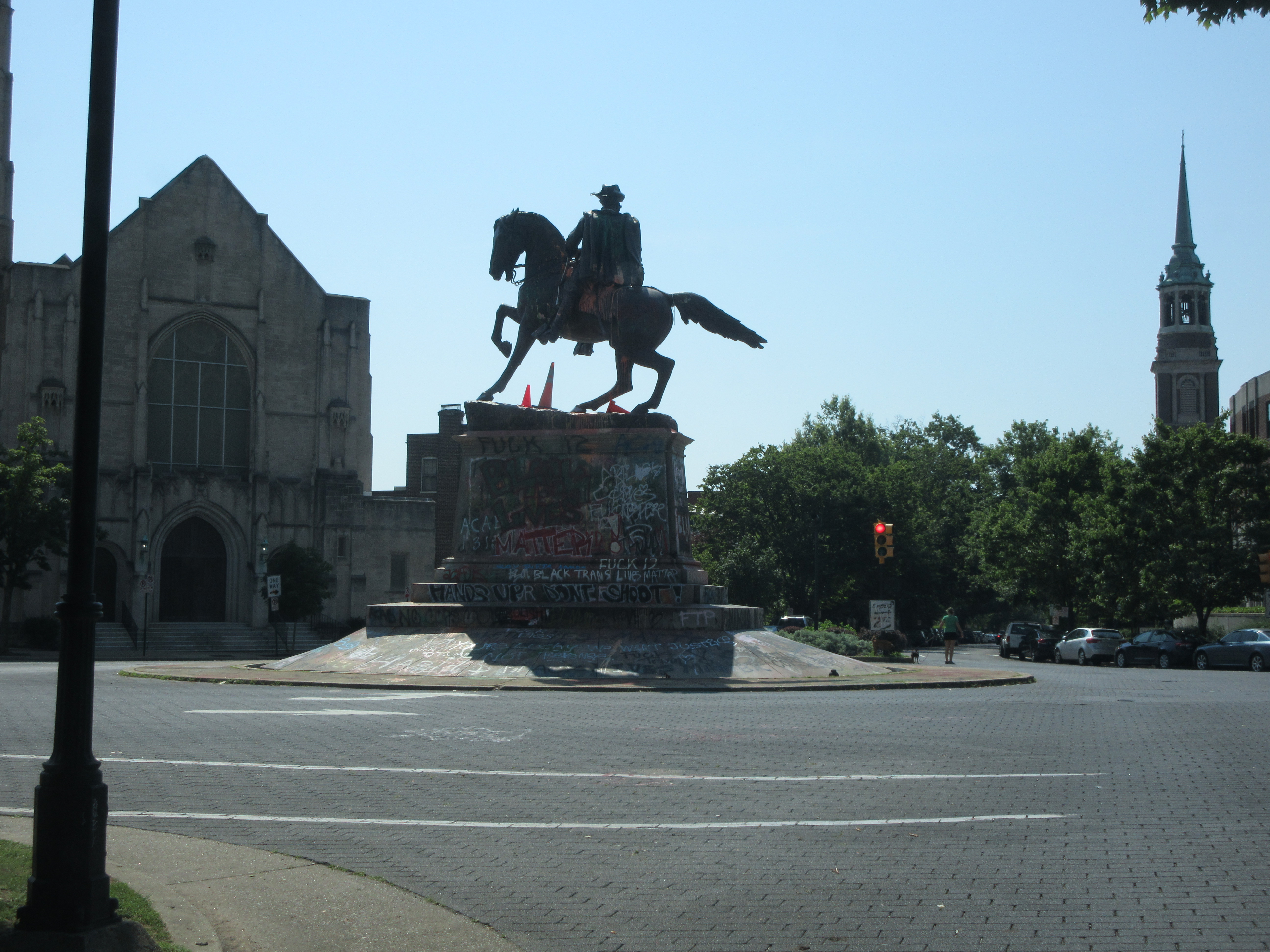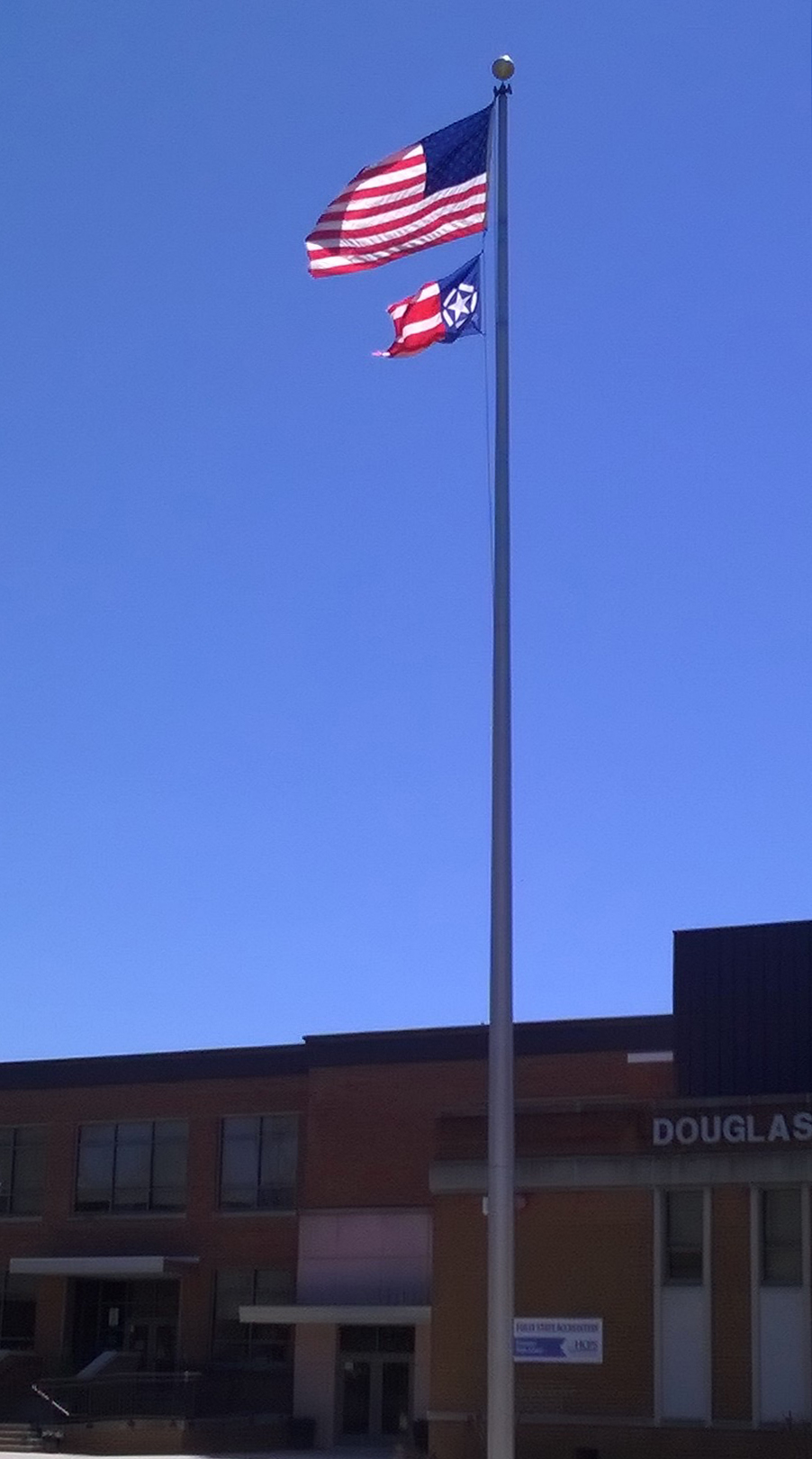Dartmouth News and the Valley News report on the college’s interest in developing the land north of the Life Sciences Building, including parts of the golf course. The possibility of such development was spelled out in the master plan some time ago, but the noteworthy new detail is that the college is considering building dormitories on some part of the site.
First reaction to the dorm idea: This is an unserious proposal, a negotiating tactic, like the College Park dorm idea. It is a silly idea. The ten-minute walking radius from Baker is not just a guideline, it is a crucial rule of campus composition. Plans for transit do not eliminate the ten-minute walking radius, and it just does not seem appropriate to have students riding the school bus to class in a place as small as Hanover.
After a closer look: From Baker Library to the Dewey Field parking lot site might be a half-mile and take nine minutes to reach on foot, making it technically acceptable. It is about as far away as the River Cluster was — not an admirable standard, but a Dartmouth precedent. One hopes that the Dewey Field site is the only one they are talking about for a dorm, because any site beyond it would be unacceptable.
(What about the college-related buildings that are not part of the everyday life of students or faculty? Storage libraries and development offices and various back-office functions would be perfect for the golf course sites. They would be much better sited here than in the sprawl of Centerra or in towns around the region.)
If not on Lyme Road, where could the increasing number of students be housed? (The proposed Crosby Street dorm will be ignored, because it will be used as swing space to house students from existing clusters as they are renovated.) Here are some available sites, some of them identified in the current master plan:
- A second Mass Row
- The Gilman site (offered in the College Park dorm siting discussion)
- The Maynard and Rope Ferry corner (or any site on any side of Maynard Yard)
Might it be the case that the number of additional students to be housed, say 350 students, would be too large to fit on one of those sites? Yes. That is a good thing, both for Hanover’s urbanism and for the students who end up living in the new hall. Instead of building a giant barracks, the school should add additional beds to the existing campus at a combination of smaller sites within the ten-minute walking radius, including:
- Additions to and eventual replacement of the Choates
- An addition to Wheeler Hall
- A dormitory range on the outer edge of College Park between RipWoodSmith and Andres
- A dormitory range west or north of McLane Hall
Obviously these new additions will have to join existing house communities; there is nothing wrong with that. Creating a subtle and sensitive series of additions to historic buildings will be more expensive than dropping a single giant complex on a distant lot, but it will be worth it. It seems that the desire to add beds to the campus exclusively in the form of one entirely new house community at a time is driving the push to build dorms outside of town, and it is harmful.


